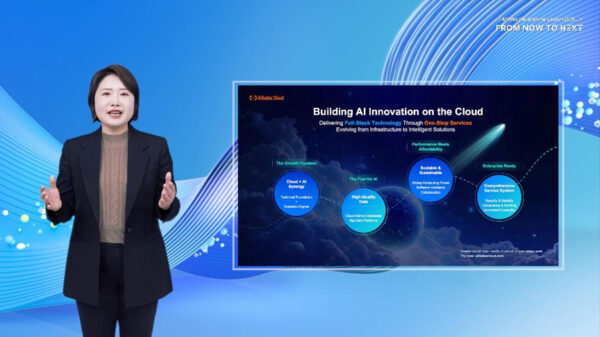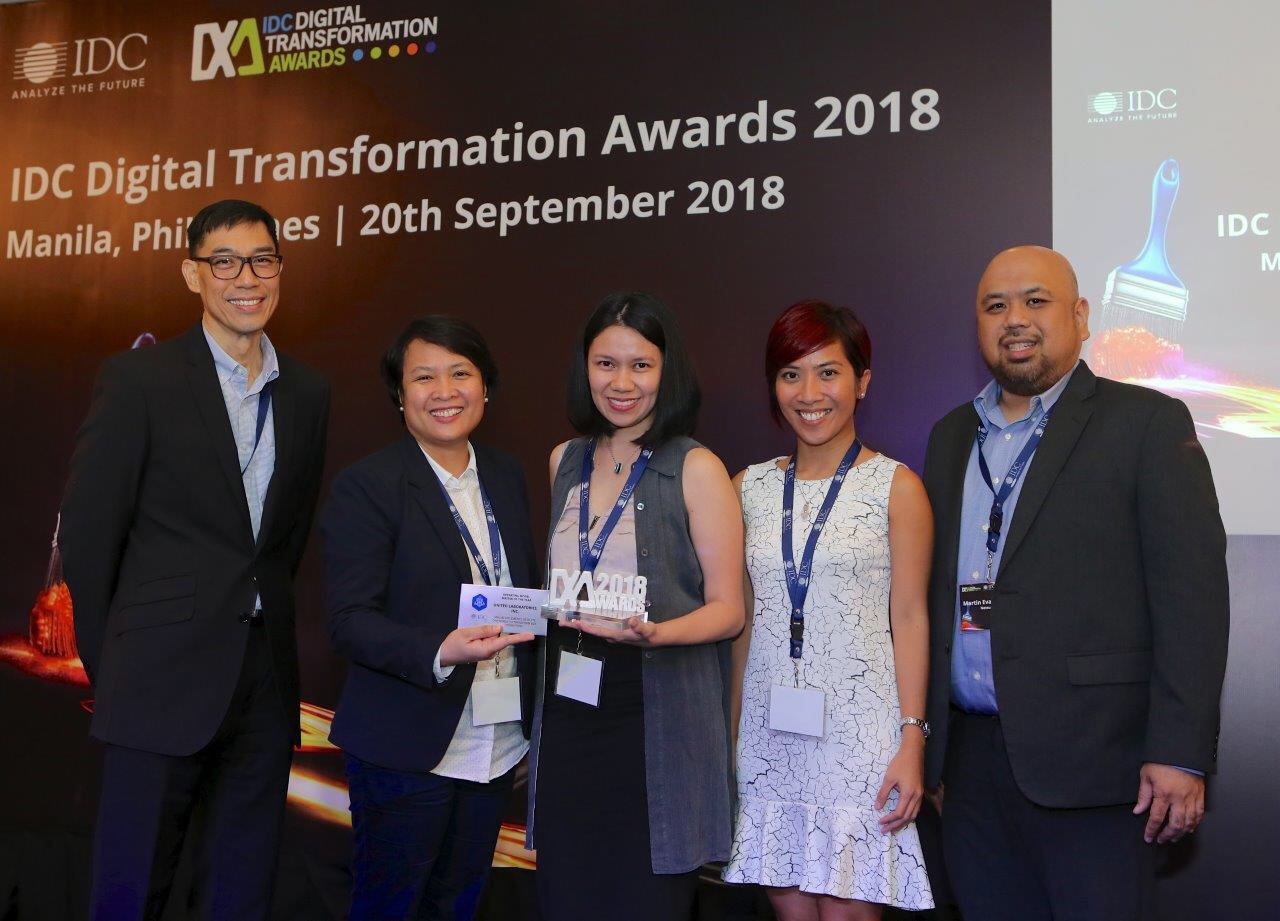World-class IT organizations are dramatically more effective than their peers at enabling the digital transformation that is at the heart of most business strategies today, according to new research from The Hackett Group, Inc. This ability plays a key role in how world-class IT organizations enable greater efficiency, agility and improved competitive advantage across the enterprise, The Hackett Group found. At the same time, world-class IT organizations also spend significantly less on IT operations than typical companies.
The Hackett Group’s research details four imperatives for companies seeking to achieve world-class IT performance in the digital era: reallocate resources from transactional focus to value-adding; embrace digital transformation; lead the organization on the information and analytics transformation journey; and adopt customer-centric service design and delivery principles.
World-class IT organizations are those that achieve top-quartile performance in both efficiency and effectiveness across an array of weighted metrics in The Hackett Group’s comprehensive benchmark.
World-class IT organizations spend 21 percent less per end user than typical companies, and rely on 8 percent fewer staff, according to The Hackett Group’s research, driving annual savings of as much as $41 million (for a company with $10 billion in revenue).
They also allocate resources by project life cycle phase very differently than their peers, diverting resources from basic “run the business” activities in order to fund delivery of new, often client-facing systems of strategic importance to the enterprise.
World-class IT organizations dedicate a significantly lower portion of their process costs, comprised of labor and outsourcing, to “run” activities (53 percent of budget versus 60 percent for typical companies) and a larger percentage of process costs are committed to “build” efforts (43 percent versus 32 percent). Staffing mix is similarly oriented, with a greater percentage of staff dedicated to “build” and fewer to “run” activities.
The Hackett Group’s research also found that world-class IT organizations are more effective in how they operate and deliver services, realizing ROI objectives more than twice as often as typical companies (61 percent of the time versus 27 percent).
One key to this is world-class IT organizations’ ability to enable key areas of the business to more effectively leverage technology through higher levels of automation and self-service. This is managed and controlled by strong governance to ensure that projects that yield strong ROIs are prioritized and resources are aligned accordingly.
“Leaders at world-class IT organizations understand that while running core information systems and providing infrastructure efficiently remain critical capabilities, digital transformation is increasingly becoming a must have’ to stay relevant in the business,” said The Hackett Group Practice Leader, IT Executive Advisory Program Scott Holland.
“If they are not prepared to support this effort, companies won’t wait. Rather than allow the internal IT organization to be a bottleneck to digital transformation execution, the business will look for outside partnerships, acquire technologies directly and develop technology management capabilities themselves.”
The Hackett Group’s research detailed four imperatives of world-class IT performance in the digital age, as follows:
Reallocate Resources from Transactional Focus to Value Adding – IT budgets are growing only modestly, so IT organizations have to self-fund the development of new competencies to support digital business transformation. To shift resources from “run” to “build” activities, IT organizations must relentlessly focus on efficiency improvements in the delivery of commodity services.
A key step is the adoption of a formal service delivery model, and the de facto standard for IT operations is the ITIL framework. IT organizations should consider consolidating infrastructure and service desk components to shared services or global business services.
IT should also eliminate non-value added complexity in the architecture and application portfolio. World-class IT organizations have dramatically lower complexity, relying on less than half the business applications and database platforms of typical companies, the research found.
Embrace Digital Transformation – “IT organizations are at a crossroads – with one foot in the new digital world of cloud, big data analytics, social media, mobile, and the Internet of Things, and another foot in the past, constrained by legacy technologies and skill sets,” explained The Hackett Group IT Transformation Practice Leader and Principal Mark Peacock.
“Many IT leaders are overwhelmed by this challenge, and they are likely to find themselves marginalized. But those that are hoping to achieve world-class performance are energized by the opportunity to elevate the role of technology to a higher level, as senior management embrace digital as a cornerstone of the business strategy.”
To further the digital transformation imperative, The Hackett Group’s research recommends that IT organizations continually monitor and explore technology innovations, then use this as a jumping-off point for conceptualizing value-creation opportunities. They should also shorten solution development times, moving beyond traditional waterfall-based methods and adopting rapid application development approaches.
Lead the Organization on the Information and Analytics Transformation Journey – IT must assume a leading role in guiding the organization on the information and analytics transformation journey, The Hackett Group’s research found. To do this, IT must take ownership of the enterprise information architecture, which has changed dramatically.
In addition, IT must support ongoing business-led, data-related initiatives by providing services such as master data management, data integration and database administration. To facilitate all this requires new IT skills, which are expected to be scarce, and the most adaptable, fastest learning IT organizations with the ability to attract the best talent will have a competitive advantage.
Adopt Customer-Centric Service Design and Delivery Principles – IT should focus on making it as easy as possible for internal associates, business partners, and external customers to interact with information systems. Self-service is a prime example of the potential for customer-centric design.
World-class IT organizations see levels of self-service enablement up to six times greater than typical companies in key areas such as supplier inquiry, distributor collaboration, and customer bill presentment. Service to internal customers is a key area where many IT organizations fall short. To improve IT organizations can establish councils and focus groups to provide “voice of the customer” recommendations which can guide decisions regarding design of processes and supporting systems.













































































































